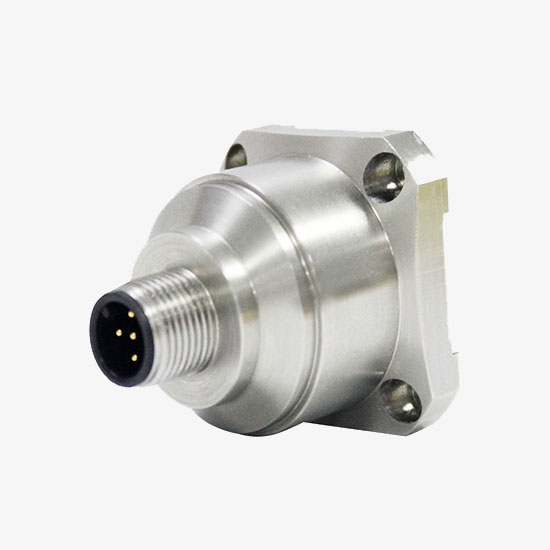How to Select Accelerometer Sensor?
Accelerometer sensors are ICs that measure acceleration, which is the change in speed (velocity) per unit time. Measuring acceleration makes it possible to obtain information such as object inclination and vibration. It is usually composed of mass blocks, dampers, elastic elements, sensitive elements and adaptive circuits. During the acceleration process of the sensor, the acceleration value is obtained by using Newton's second law by measuring the inertial force on the mass block.
So, how to choose an right accelerometer sensor for the needs? Today we will talk about the 4 points you should know before you selecting an accelerometer sensor.
4 Points you should know before choosing an accelerometer sensor
- Output type
This is the first thing to consider. This depends on the interface between your system and the accelerometer. Generally, the voltage and acceleration of the analog output are proportional, for example, 2.5V corresponds to 0g acceleration, and 2.6V corresponds to 0.5g acceleration. Digital outputs typically use pulse width modulated (PWM) signals. - Number of measuring axes

For most projects, a two-axis accelerometer is sufficient for most applications. For some special applications, such as UAV, ROV control, a three-axis accelerometer may be suitable. - Maximum measured value
If you only need to measure the inclination of the robot relative to the ground, a ±1.5g accelerometer is sufficient. But if you need to measure the dynamic performance of the robot, ±2g should also be enough. If your robot starts or stops suddenly, for example, you need a ±5g sensor. - Sensitivity
Generally speaking, the more sensitive the better. The more sensitive the sensor is, the more sensitive it is to changes in acceleration within a certain range, and the larger the change in output voltage, which is easier to measure and thus more accurate. The minimum acceleration measurement value is also called the minimum resolution. Considering the noise problem of the post-amplifier circuit, it should be kept away from the minimum available value as much as possible to ensure the best signal-to-noise ratio. The maximum measurement limit should consider the nonlinear influence of the accelerometer itself and the maximum output voltage of the subsequent instruments. The estimation method is: the maximum measured acceleration × the charge/voltage sensitivity of the sensor.
Whether the above value exceeds the maximum input charge/ voltage value of the supporting instrument, it is recommended that if the measured acceleration range is known, it can be selected in the "reference range range" in the sensor index (taking into account the frequency response and weight). If allowed, the sensitivity can be considered higher to improve the input signal of the subsequent instrument and improve the signal-to-noise ratio.

